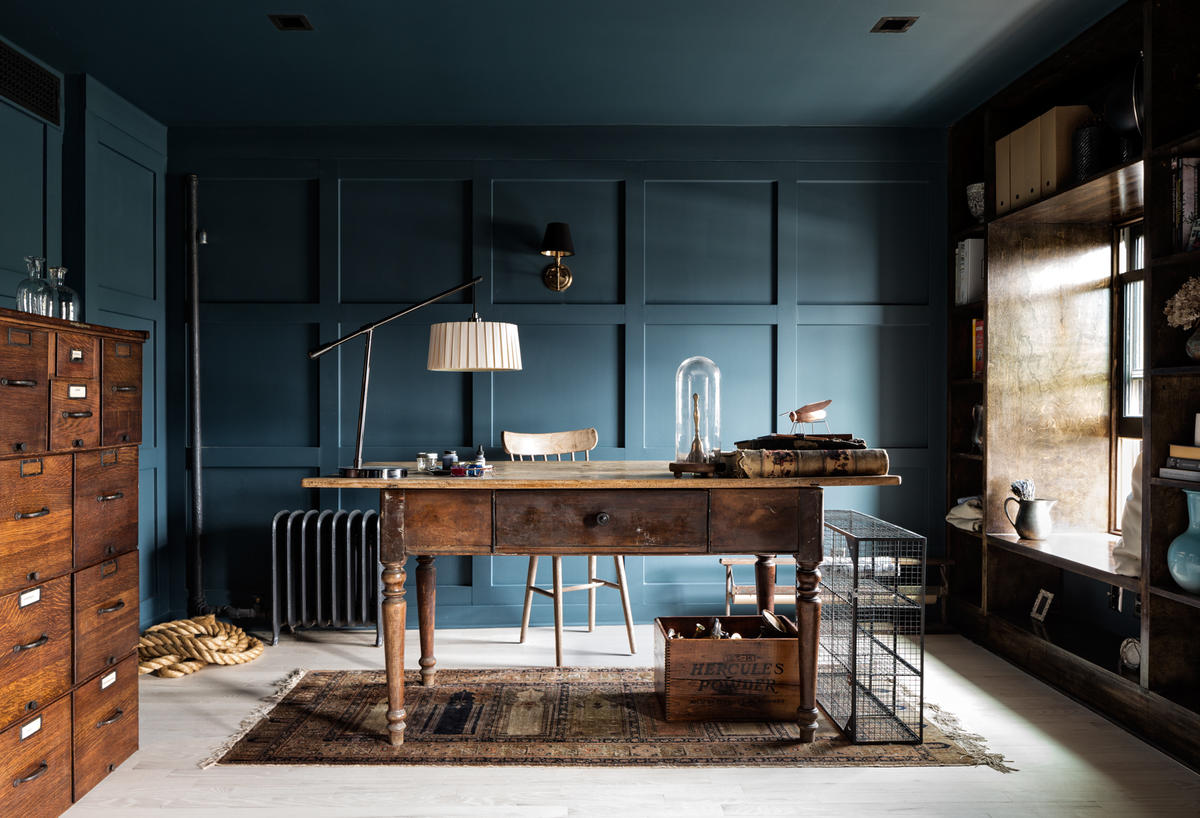“Clients don't know what they want.” It’s a cliche of the profession that’s half true. Clients generally know what they want, but rarely do they know why. Solving that particular puzzle is key to these two designers’ psychology-driven approaches.
The Facilitator
“When I have a new client, I’ll listen to what they’re looking for and ask them about themselves. In that conversation, I tell them, ‘I am the facilitator for the client’s discovery of their own self-expression within their own environment.’ That’s the sentence I’ve been saying, and it’s very important to what I do. Some clients are coming to me because they have a very specific aesthetic in mind—they want the end result to look like a specific project I’ve done. But I tell them that if they flip through my work, every project is different because every client is different. I explain that it’s a collaborative effort—I say, ‘I’m here to help you get there, but you have to help me get there, too. It’s not a one-way street.’ Having these conversations builds the very beginning of the trust. And at the end of it, they have a beautiful home that they’re proud of. It’s elevated, because I did the first part, but it’s still very much them. That makes me walk away feeling so good.”
—Peti Lau, Los Angeles

THE PSYCHOLOGIST
“My background is in psychology and public relations, which are all about understanding human behavior, so that’s what I felt personally passionate about when I started my design firm. Sometimes when people first talk to us, their ideas are mostly aspirational. We tell our clients that we don’t design for how they think they want to live, and explain that through this process, we help them to find what truly [fits] with their life, which is how you find peace, acceptance and belonging. When we present our ideas, we say, ‘Some of what you originally told us may be in there, and some may not be.’ If the client says they want a marble fireplace in their living room, for example—why do they want it, and what does that mean? Maybe what they want is historical quality and character; or maybe they’re looking for a place to gather, and it’s the idea of a fireplace that resonates. It’s about connecting pieces of their answers with what they truly mean.”
—Melissa Lee, Bespoke Only, New York
Homepage image: A living room designed by Peti Lau | Pablo Enrique




































